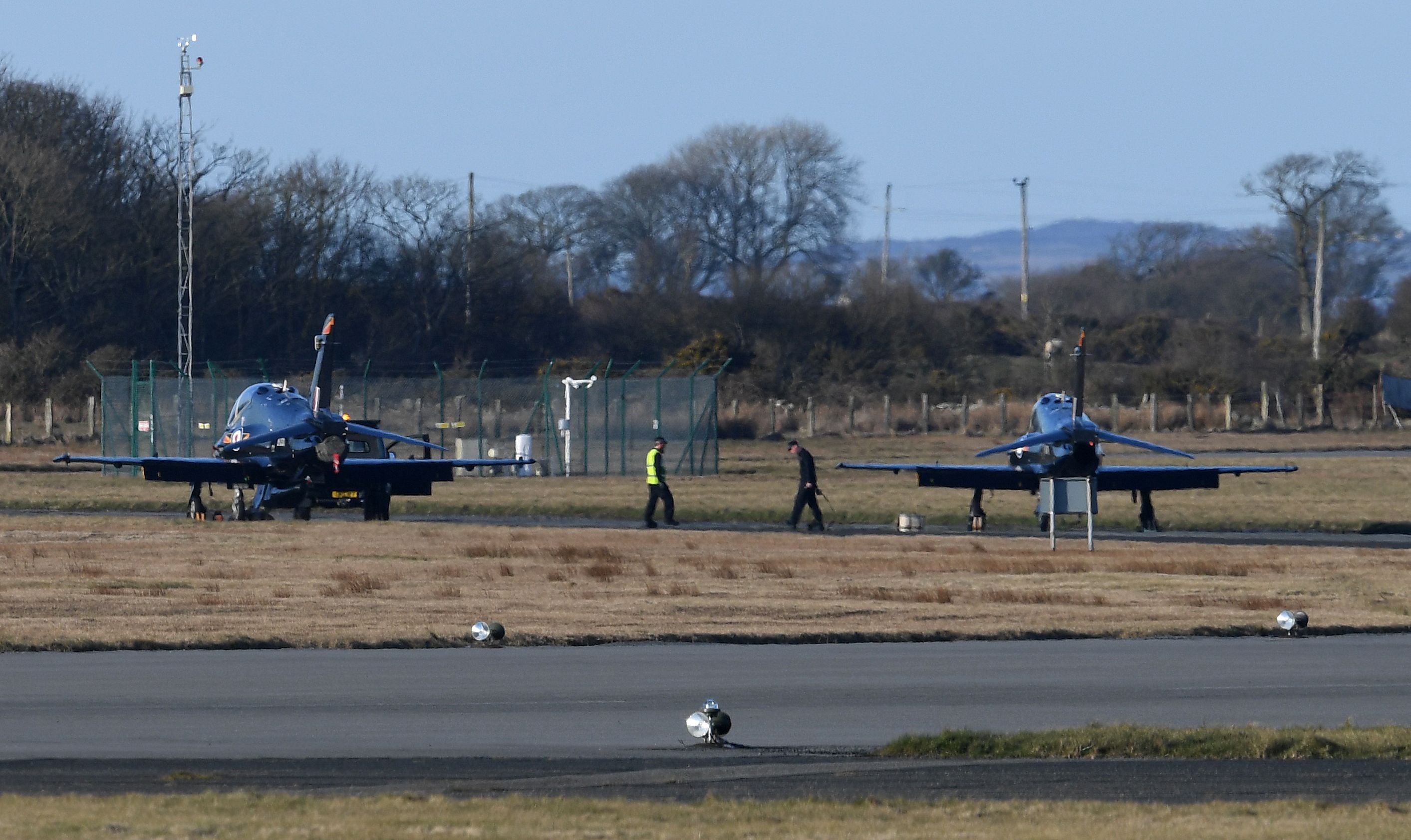Cornwall plane crash: RAF and Royal Navy ground all Hawk T1 aircraft after pilots forced to eject
The MoD said operations involving the Hawk T1 will be suspended pending further investigation
Your support helps us to tell the story
From reproductive rights to climate change to Big Tech, The Independent is on the ground when the story is developing. Whether it's investigating the financials of Elon Musk's pro-Trump PAC or producing our latest documentary, 'The A Word', which shines a light on the American women fighting for reproductive rights, we know how important it is to parse out the facts from the messaging.
At such a critical moment in US history, we need reporters on the ground. Your donation allows us to keep sending journalists to speak to both sides of the story.
The Independent is trusted by Americans across the entire political spectrum. And unlike many other quality news outlets, we choose not to lock Americans out of our reporting and analysis with paywalls. We believe quality journalism should be available to everyone, paid for by those who can afford it.
Your support makes all the difference.The Royal Navy and RAF have grounded all Hawk T1 aircraft following the crash of one of the planes while carrying out a wargaming session.
The emergency measure, affecting one of the military’s main training aircraft, came after an accident in Cornwall in which two pilots ejected to safety before the plane broke up in woodland.
The Ministry of Defence said the RAF has “decided to temporarily pause operations as a precautionary measure while investigations are ongoing.”
The aircraft in Thursday’s crash, which is of the same type used by the Red Arrows air display team, went down at Lizard Peninsula, 10 miles from its base on RNAS Culdrose, heading for combat exercises over the Channel.
The 736 Naval Air Squadron jet had passed safety checking procedure before the flight, said defence officials. It was believed to be the first ejection in air by Royal Navy crew since 2003. The two pilots were found half a mile from the crash site and taken to Derriford Hospital, in Plymouth, where they are being kept under observation.
Read more:
The Hawk T1, which has a top speed of more than 620mph and a range of more than 2,250km, was part of a simulated ship attack in the exercise which included a vessel from the Royal Netherlands Navy. The drills, normally held on Thursday each week, involve Royal Navy and Nato allies in the run-up to deployment.
Veterans Minister Johnny Mercer told the BBC that the crash was due to “suspected engine failure.” The two-seater Hawks, which are often used for training, are regarded as reliable and there is not a history of regular crashes.
Local residents spoke of hearing the noise of the pilots ejecting before the crash. Layla Astley said: ‘I saw the plane flying low over our house, I heard a clunking sound, it flew on over our fields and then there was a loud crack and we saw two pilots ejecting.
“I watched as their parachutes opened. I then saw the plane bank left and over the top of a hill before hearing a very loud bang, there was no smoke or fire.”

David Hosken, working at Mudgeon Farm, said: ‘We looked up and could see between the two sheds that there was two men parachuting out of a jet. We raced on the quad bike up across the field to see if we could find where the jet was heading. It was banking to the left away from the river. When we got to where they had ended up, they were both chatting, seeming to be OK.’
Ben Rampley, 30, a tree surgeon, told Cornwall Live: “The engine exploded over the river, that’s what I heard. Both of the pilotsejected, they came down in a farm about two miles away. I went down to thecrash site, it’s pretty big - there’s a wing in the woods and some trees arebroken. I guess it just hit the trees and disintegrated.”

Join our commenting forum
Join thought-provoking conversations, follow other Independent readers and see their replies
Comments